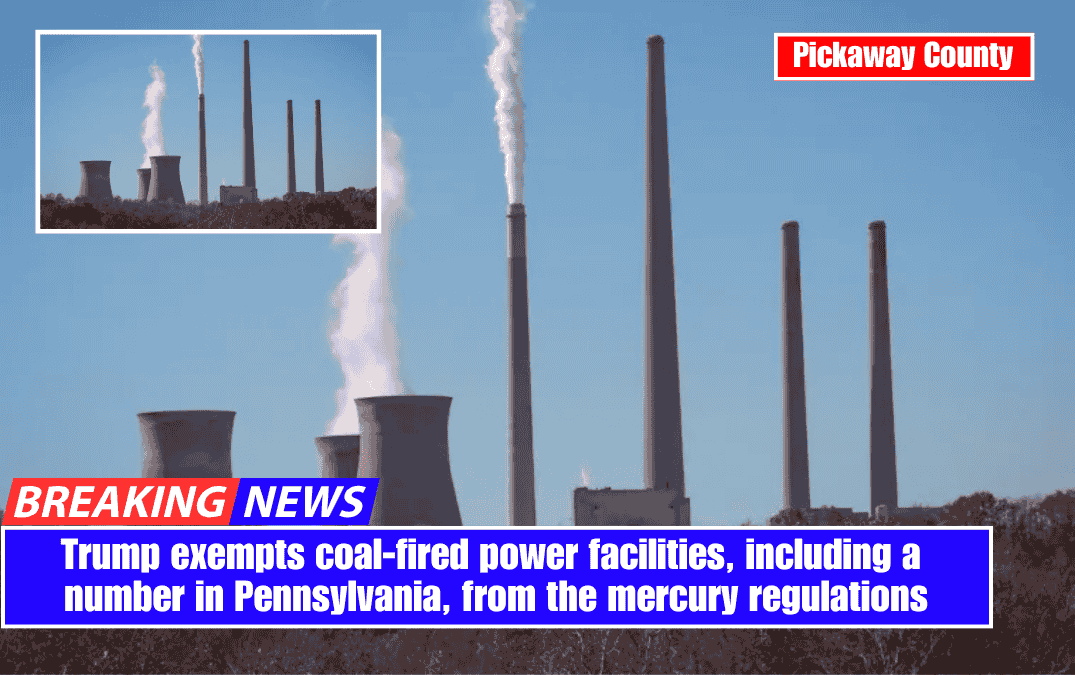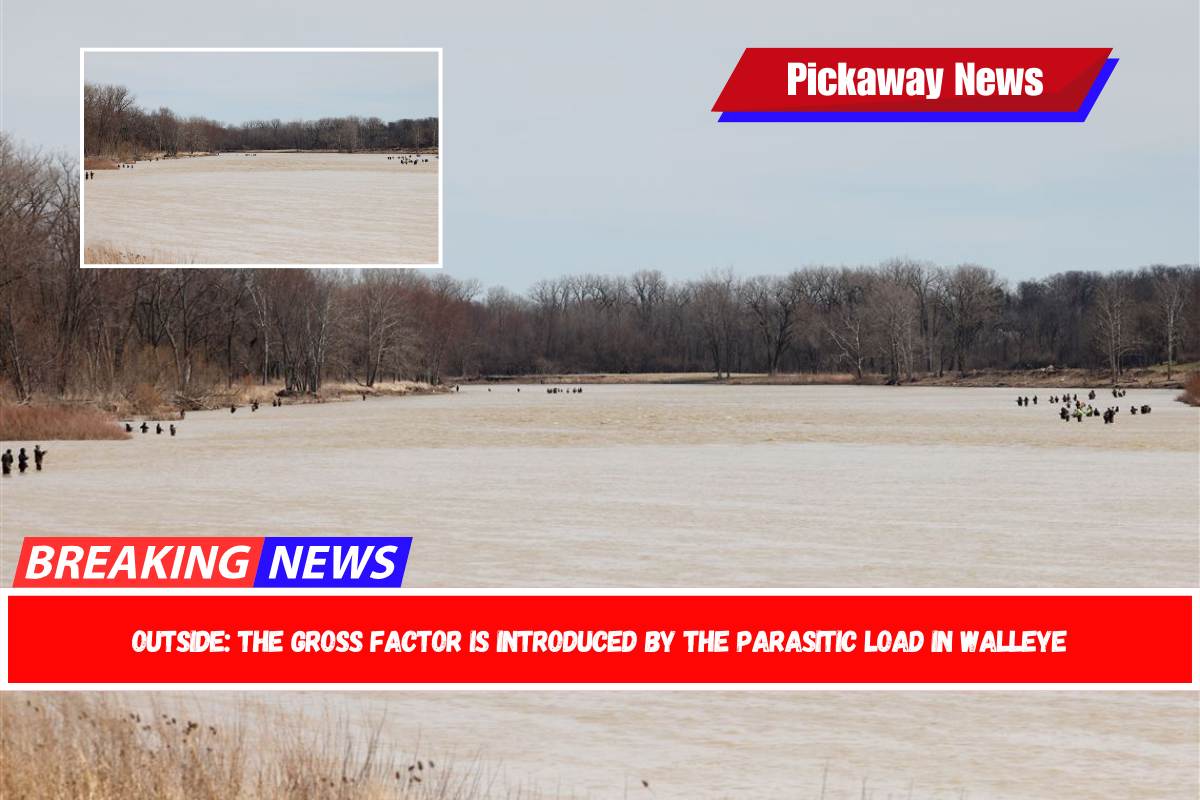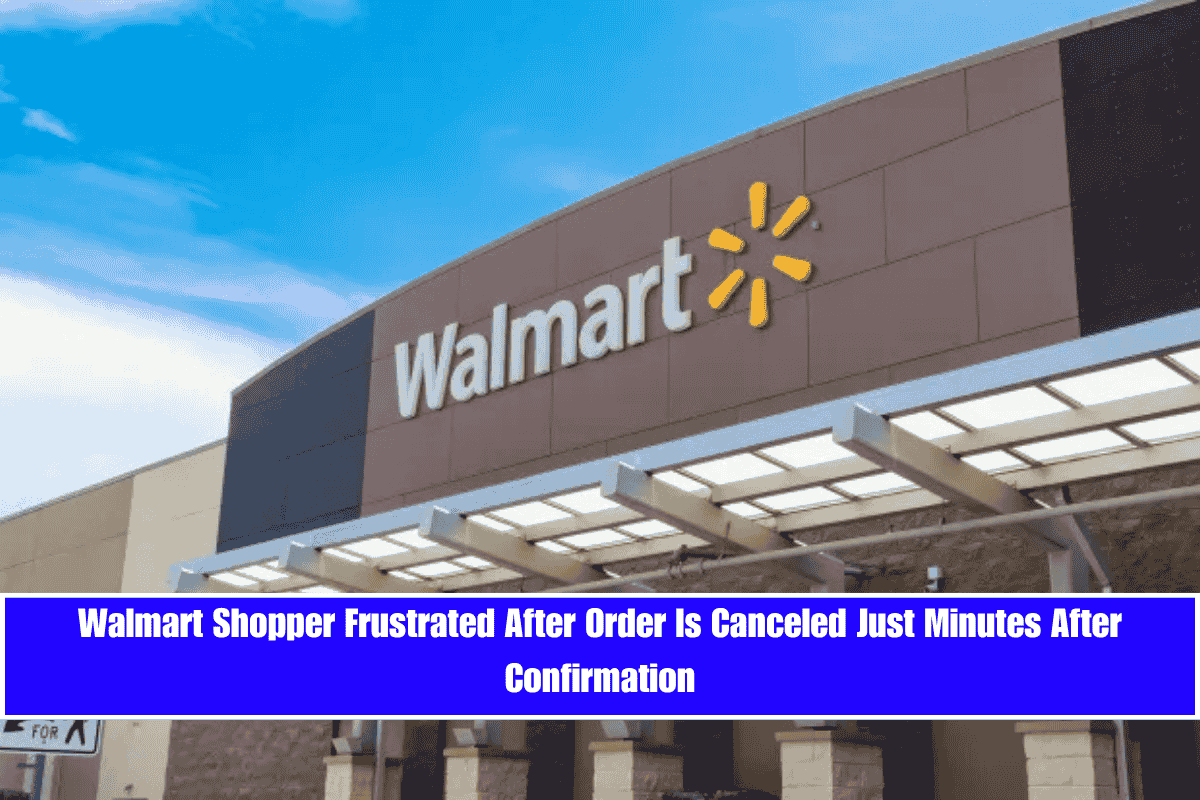We’re covering the Trump administration’s environmental and climate cuts and rollbacks, with interviews about the big picture and stories about the consequences in our region.
Earlier this month, the Trump administration exempted dozens of coal-fired power plants from new regulations governing mercury and other air pollutants.
On April 8, Trump signed a proclamation exempting coal from the Mercury and Air Toxics Standards (MATS), describing it as “essential to ensuring that our Nation’s grid is reliable and that electricity is affordable for the American people, as well as to promoting our Nation’s energy security.”
The exempted plants include the Keystone and Conemaugh power plants in Armstrong and Indiana counties in Western Pennsylvania, as well as several smaller waste coal plants, such as the Scrubgrass Generating Plant in Venango County, which uses waste coal to mine cryptocurrency.
The exemptions also apply to West Virginia’s Fort Martin, Harrison, and Mount Storm power plants, as well as Ohio’s Cardinal and Miami Fort power plants.
The order gives plants a two-year reprieve from meeting the new standards, which are scheduled to go into effect in 2027. The administration may renew the extensions at a later date.
Environmentalists criticized the move.
“This is just one piece of what I consider to be an all-out assault on environmental and public health safeguards by this administration,” said Thomas Schuster, director of the Sierra Club’s Pennsylvania Chapter.
The standards were finalized in July 2024 by the Biden administration and are intended to limit the spread of the neurotoxin mercury and other hazardous air pollutants.
The EPA estimated that the updated standards would prevent 9,500 pounds of mercury from being emitted into the atmosphere between 2028 and 2037.
Mercury is especially harmful to infants and young children. According to the EPA, prenatal exposure to mercury from a pregnant mother’s food “has been associated with developmental neurotoxicity and manifests as poor performance on neurobehavioral tests, particularly on tests of attention, fine motor function, language, verbal memory, and visual-spatial ability” in children.
According to the Clean Air Act, the president may exempt a source of pollution for two years if “the technology to implement such standard is not available and that it is in the national security interests.”
Trump’s exemption order states that the MATS rules require coal plants to implement “emissions-control technologies that do not yet exist in a commercially viable form.”
Joe Goffman, assistant administrator of the EPA’s Office of Air and Radiation under Biden, disagreed with that assessment.
“The [EPA] went through with lots of public input and input from the industry in order to answer the question whether technology was available,” Mr. Goffman said. “And the agency came to the conclusion (that) the technology was available.”
The technology, which includes scrubbers and continuous emissions monitoring devices, is already used in other plants across the country, according to the source.
Biden administration sought to limit mercury pollution
The Mercury and Air Toxics Standards rule was initially enacted in 2012. According to the EPA, the rule reduced mercury pollution in the electric power industry by 90%.
“It was a huge public health victory,” Schuster explained. “Even with that, coal-fired power plants are still the largest source of mercury pollution.”
So, last year, the agency strengthened the rule, requiring all plants to install continuous air monitoring on their stacks.
The coal industry opposed these actions and challenged them in court. For starters, the industry objected to the cost of compliance, which the EPA estimated could total $860 million.
Rachel Gleason, executive director of the Pennsylvania Coal Alliance, noted that the rule’s complicated legal history raises the question of whether the new standards will ever be enforced.
In 2015, the Supreme Court ruled that the EPA should have considered costs when developing the rule. The EPA recalculated those costs, and the Supreme Court upheld the rule the following year.
However, the most recent rule update is in jeopardy. In March, it was included in a list of regulations that EPA Administrator Lee Zeldin promised to repeal, along with other measures aimed at boosting coal. Earlier this month, Trump signed an executive order requiring federal agencies to identify guidance, regulations, programs, and policies aimed at transitioning the nation away from coal-based electricity generation.
Given the rule’s history, “the estimated $860 million in required upgrades is a significant, excessive, and unjustified expense,” Gleason wrote in an email.
PJM supported exemptions
Trump’s exemptions were also supported by PJM Interconnection, the mid-Atlantic grid operator. The organization claims it requires all available power to meet an impending surge in demand.
“This growth is largely driven by an increase in data center demand to meet artificial intelligence and related needs, as well as the on-shoring of existing industries,” the organization stated in a letter to the White House supporting the exemptions.
In March, PJM CEO Manu Asthana told a congressional subcommittee that he expected difficulty meeting demand, particularly given the large number of coal plants scheduled to retire in the coming years.
“Electrical demand is growing, driven primarily by data center load growth,” he said. “Lower supply, higher demand. It adds up to higher reliability risks and higher prices.”
However, Acting Secretary Jessica Shirley of the Pennsylvania Department of Environmental Protection said PJM’s proposal to forego clean air regulations in order to keep coal plants open is misguided. She claims that other energy sources, such as natural gas and renewables, do not require these types of exemptions.
“When it comes to mercury and air toxics, I am not sure we want to exempt anyone from that. I mean, we live here, correct? “People live here,” Shirley explained. “[Those regulations are] intended to protect public health, and we must remember that. You cannot trade one emergency for another.”















